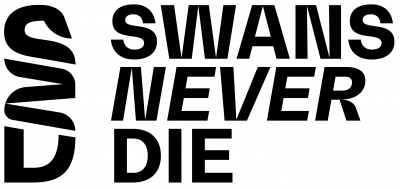Closed Projects
- B PROJECT
- DANCING THE HORIZONTAL
- DUO À TROIS VOIX / DUETTO A TRE VOCI
- EXPLORE DANCE – NETWORK DANCE FOR YOUNG AUDIENCE
- GREEN LEARNING
- MUSEUM OF HUMAN E-MOTIONS
- OPERAESTATE - BOULEVARD FESTIVALS IN DIALOGUE
- PROGETTO LIFT E MINI B.MOTION
- RELAZIONI INTERNAZIONALI
- SIX MEMOS FOR THE NEXT MILLENNIUM
- SWANS NEVER DIE
- VIAGGI COREOGRAFICI NEL MONDO DI BOSCH
SWANS NEVER DIE

What remains today of a choreographic work that is considered a milestone in the early twentieth-century history of western dance? In what kind of forms and bodies has it survived through time? Who collects this heritage and why? In what cultural and geographical contexts can it re-emerge? How has it been transformed through the multiple re-makes that occurred in the course of a century? How does it resonate in the dance artists of today and what values could this choreographic work communicate in the future?
The Swans never die project invites the audience to think of The Dying Swan, a solo that is considered a milestone in twentieth-century dance history, as an opportunity to explore style, technique, identity and culture. The partner institutions of the project propose a joint programme (live and online) that alternates between performances, workshops, meetings, webinars and artistic residencies and invites the audience to discover the multiple possibilities of tracing a timeless choreographic work through its contemporary re-interpretations. Following the journey between the history and memory of dance, the audience will be able to discover a choreographic work of the past and the numerous transformations that the dance went through since 1905 when it was first choreographed by Michel Fokine for Anna Pavlova.
